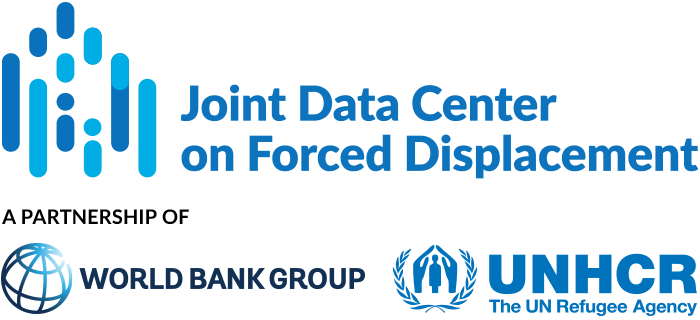This paper examines the impact of destination country characteristics on south-south refugee movements between 2004 and 2019. It aims to fill a research gap by analyzing movements to non-OECD countries, which host the majority of refugees globally. The study also explores the potential influence of OECD donor countries on refugee destination choices through their aid allocation decisions.
The authors employ a gravity model of international migration, including key potential drivers of bilateral refugee flows such as geographical factors (physical distance and a common border), cultural links (common language and common religion), existence of migrant networks, economic opportunities (proxied by growth rates, GDP per capita, population, and unemployment rates), availability of social services (proxied by school enrollment rates and number of hospital beds), the quality of political and economic institutions (a constructed index based on principal component analysis of World Bank indicators), and the provision of foreign assistance (per-capita foreign aid, disaggregated by social-sector and economic-sector aid).
The analysis covers 111 countries of origin and 117 countries of destination, all recipients of foreign aid, from 2004 to 2019. The analysis draws on refugee data from UNHCR, proxies for geographical and cultural proximity from CEPII’s gravity database, conflict data from the Uppsala Conflict Data Program (UCDP) Monadic Conflict Onset and Incidence Dataset, foreign aid statistics from the OECD Creditor Reporting System (CRS) dataset, and other statistics from the World Bank.
Main results:
- Refugees tend to move to safe countries with which they share a common border. Distance plays a much less decisive role when cultural ties and network links are considered. The absence of conflict in the destination country is also a relevant pull factor. The significance of the conflict variable combined with the strong impact of a shared border suggest that refugees tend to move to safe neighboring countries.
- Refugees tend to move to destinations with cultural ties, in particular a common religion. Refugees tend to prefer destinations where the dominant religion is the same as in their home country, whereas sharing a common language is positively but insignificantly associated with refugee movements.
- Refugees respond to the opportunities available at potential destinations once geographic proximity is accounted for, including income levels, diaspora networks, and availability of social services. GDP per capita is a relevant pull factor; a 10 percent higher GDP per capita level at destination is on average associated with a 10 percent larger refugee population. The existence of diaspora networks is another strong predictor of destination choices. Additionally, proxies for the availability of education and health services (school enrolment rates and the provision of hospital beds) are positively and significantly associated with refugee movements.
- There is a positive and significant association between social sector aid (particularly education) and refugee movements. A 10 percent increase in aid for education would raise the refugee population in destination countries by slightly below 3 percent on average. Economic and governance aid do not act as pull factors for refugees, suggesting that improved social services rather than higher incomes constitute the main mechanism through which donors affect refugee movements.
- Large populations, high GDP growth, low unemployment, and high institutional quality do not have a significant effect on dyadic refugee flows. Additionally, there is no evidence of a direct effect of autocracy/democracy indicators on refugee movements.
The authors conclude that refugees tend to move to safe neighboring countries but also positively respond to local pull factors such as relatively high per-capita income levels and the availability of education and health services when choosing their country of destination. They suggest that donors could affect the direction of south-south refugee movements by investing in the social infrastructure of potential destination countries.


